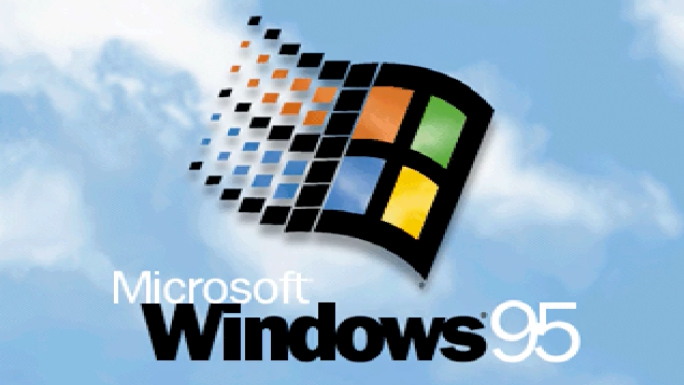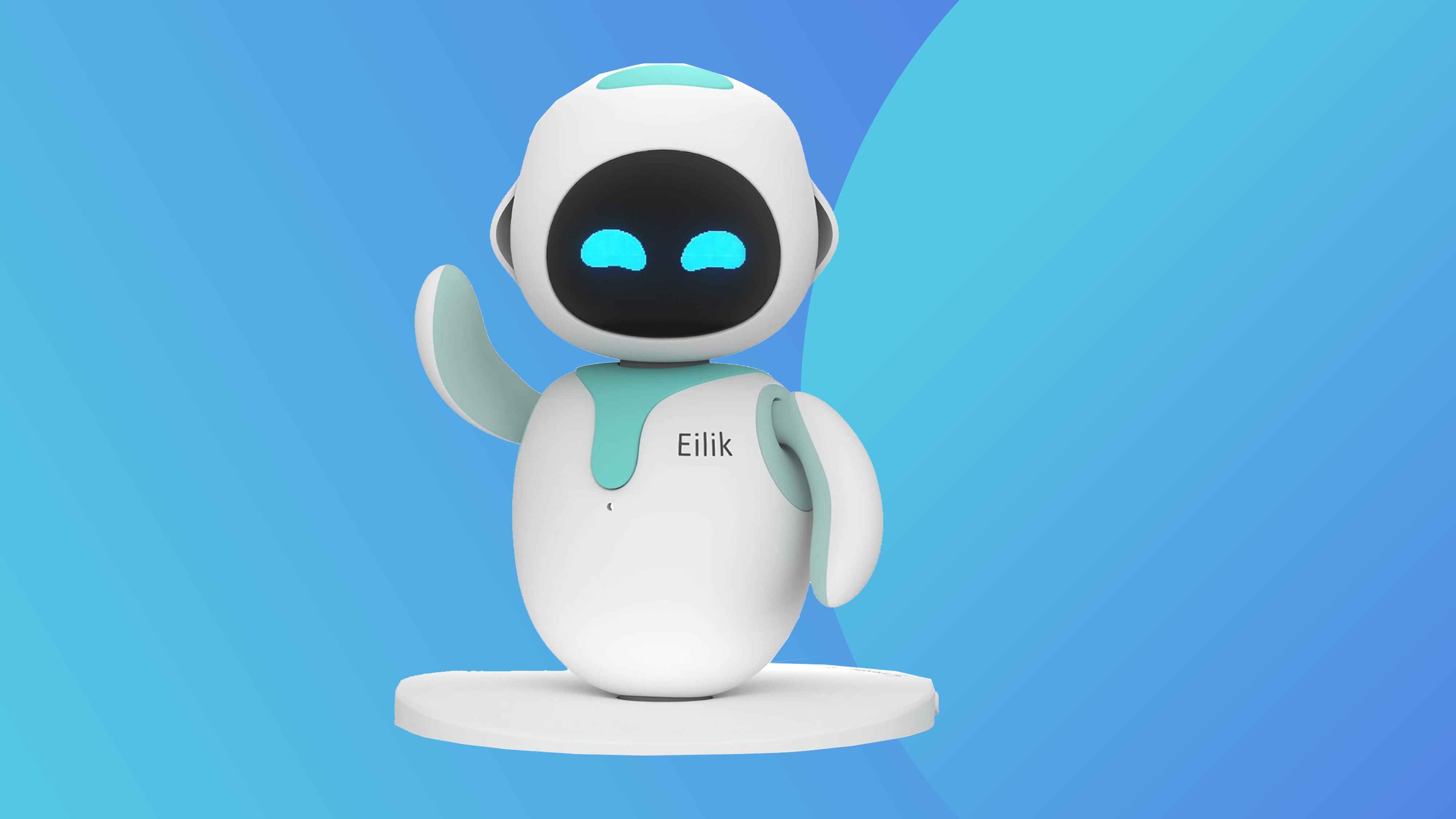30 years since the launch of Windows 95, the 90s still has some of the best sonic branding

If you remember the 90s, you can probably hear it. The CRT wakes to a soft glow, static humming in the glass. You nudge the ball mouse, tap the Enter key for that dull, satisfying click, drum your fingers on a chunky beige keyboard while the BIOS text flickers by and the Windows logo blooms.
Then it arrives, a few seconds of music that opened the day. The Windows 95 startup sound was more than an auditory cue; it was emotion and memory encoded as identity, etched in the hearts and minds of a generation of users.
Apple’s Mac startup sound opened with a warm, sustained C-major chord, voiced from layered synths. PlayStation’s cue unfolded into a mysterious ambient swell. Sega’s ident hit like a stadium-loud battle cry.
Nokia’s ringtone chimed a bright phrase adapted from Tárrega’s composition Gran Vals. And AOL’s 'You’ve got mail' made the internet feel like a warm, daily hello.
Thirty years on, those sounds still signal optimism and readiness. Here is how 90s pioneers engineered memory through audio, why today’s noise makes that harder, and what teams can do now to design a sonic identity that truly cuts through (and will one day make it to our list of the best audio logos).
The three-second promise
Microsoft did not leave the Windows 95 startup sound to chance. The brief to Brian Eno asked for something inspiring, universal, futuristic, and emotional. Eno delivered dozens of micro-compositions that distilled those adjectives into music.
The result felt like a promise to the end user, a miniature overture that made every startup feel new, later honoured by the National Recording Registry.
Daily design news, reviews, how-tos and more, as picked by the editors.
Constraints made clarity
Hardware limits forced focus, and the best teams used them as design fuel. Apple’s Mac startup sound turned a crash-heavy era into a moment of calm. PlayStation took a different route, shaping a short journey from hush to awe that worked on countless TV speakers worldwide.
Sega made a memory play that felt audacious, planting the 'SEGA' chant right at the start.
Intel showed how a few notes can stand for an entire ecosystem, turning an invisible component into a consumer promise and a protectable asset.
Rather than one-off stings, these sounds behaved like design systems, tiny motifs carried through products, ads and experiences until they became part of the brand.
Pocket anthems and a human voice
Not every icon needed a star composer. Nokia lifted a short guitar phrase from Francisco Tárrega’s composition from 1902, Gran Vals and turned it into the world’s first truly ubiquitous ringtone, a pragmatic choice that scaled to hundreds of millions of devices.
AOL went in the opposite direction, a friendly human voice recorded at home. Elwood Edwards’ simple phrase, “You’ve got mail,” turned a utility into a ritual.
From signal to noise
Today, everything talks. Phones, watches, TVs, cars, apps and assistants compete for the same seconds, creating alert fatigue more than delight. What once felt distinctive now blends into a chorus of pings, dings and buzzes – more traffic than orchestra.
When every event borrows the same generic tone, urgency flattens, anticipation drains, and users end up muting the very products and platforms trying to reach them.
Platforms have nudged restraint, making sound optional, user-controlled and often secondary to visuals or haptics. The message is clear: only the most intentional and valuable sounds survive.
The challenge is also acoustic. Every cue has to survive wildly different environments, tiny laptop speakers, cheap TVs, car cabins, earbuds in a noisy café. In the 90s, teams designed inside tight hardware limits. Today’s job is variation – your motif must be small, distinct and resilient, carrying identity whether it is whispered through a tinny speaker or swelling from a surround-sound system.
Build a system, not a sting
The goal is not just another famous note, it is a governed sonic language that works across contexts and cultures.
Start with emotion, then map to moments. The best briefs begin in plain language, defining what you want people to feel at specific points in the journey.
Only then do you translate those feelings into short, distinct sounds, including knowing when silence communicates best. As one recent article on sonic branding argues, sound should not be tacked on at the end of a campaign but built into the foundation of the brand.
Think in systems, not stings. An audio logo is just the headline. The real equity comes from a connected family of sounds that share DNA and reinforce each other across moments.
Evolve like a system. Mastercard’s sonic DNA shows how a core melody can adapt by market and touchpoint without losing identity, and Netflix’s “ta-dum,” extended by Hans Zimmer for cinema, proves that scale and context matter for the same motif.
Decades ago, THX’s Deep Note gave cinema its breakthrough, chaos resolving into harmony, a metaphor for sound moving from noise to clarity.
What this means for your brand
- Sound is infrastructure, not garnish. Treat it like your visual identity, and start with the feeling at each moment.
- Silence belongs in the system. Knowing when not to sound builds trust.
- One motif, many moments. A small, memorable idea across touchpoints beats a handful of unrelated pings.
- Consistency, governance and protection create memory. Define where sounds live, version with care, and protect what is ownable.
- Design for the messy real world. It should read on laptop tweeters, car cabins and café earbuds, and include haptics and visual alternates.
- Measure and adjust what matters. Track recall, recognition, behavior and sentiment.
For anyone who lived the 90s tech era, those sounds still live rent-free in memory. They taught a pivotal truth, sound carries meaning, memory and intent. Design sounds people will welcome tomorrow, not tolerate.
Treat your sonic identity as a seed that grows into a living ecosystem across touchpoints, quiet when it should be and unmistakable when it matters.
Do that, and years from now someone will power up, tap or log in, hear a few notes, and feel what those 90s sounds gave us again: seconds of sound, years of memory.
Brands that skip sound hand out maps. Brands that master it guide the journey.
For more on sonic branding see this piece on learnings about sonic identities.

Rah Bhatt is a creative strategy leader working at the intersection of music, sound, and advertising. With 17+ years of experience, he has shaped sonic identities and audio-driven campaigns for global brands including Google, Disney, L’Oréal, and Micron.
As Director of Creative Strategy at MassiveMusic, Rah helps agencies and marketers unlock the emotional power of sound – transforming brand storytelling into immersive, memorable experiences.
A keynote speaker and mentor, he brings both strategic insight and creative leadership to his work, inspiring teams to see sound not as background, but as a brand’s most resonant voice.
You must confirm your public display name before commenting
Please logout and then login again, you will then be prompted to enter your display name.





